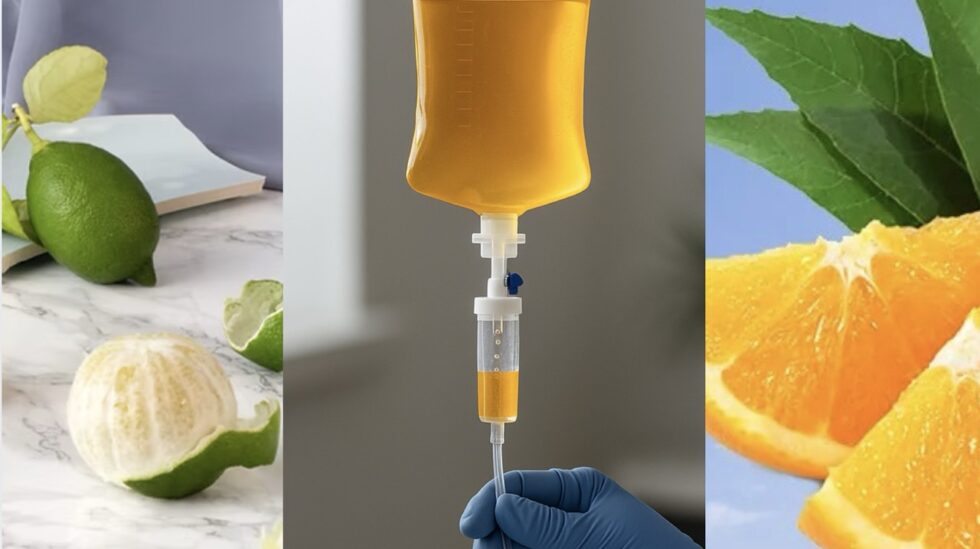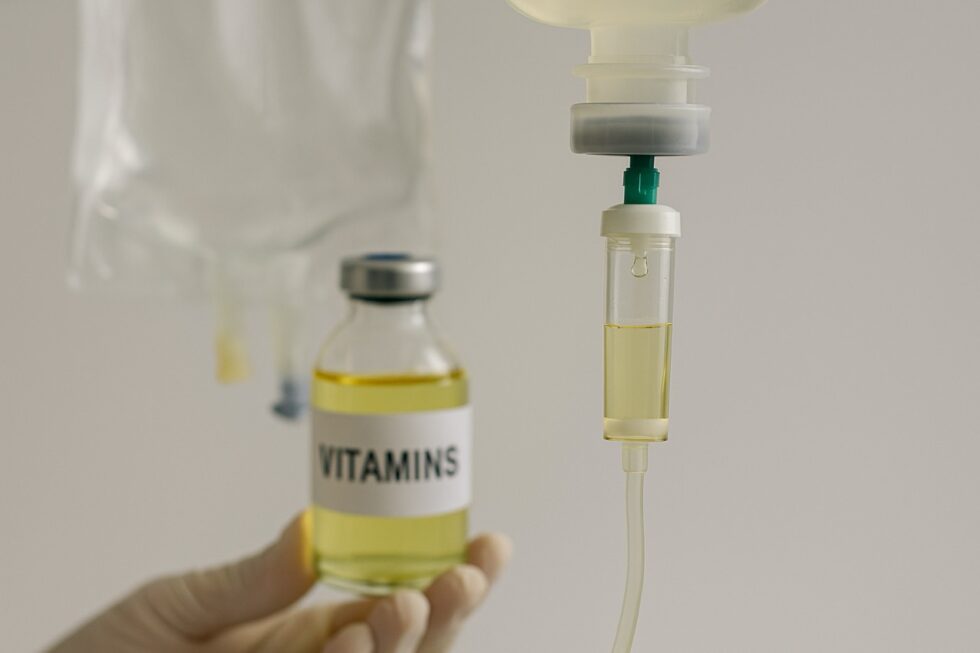Is Vitamin Infusion the Next Big Wellness in Germany – or Just Expensive Hype

From discreet private clinics to high-end hotel spas and trendy wellness lounges, Vitamin Infusion therapy — often referred to as intravenous vitamin drips — has rapidly become one of the most sought-after wellness services across Europe, especially in Germany. In Berlin alone, more than 40 boutique clinics now offer curated “infusion menus,” with prices ranging between €90 and €300 per session. What was once a clinical tool for treating nutritional deficienciessuch as anemia or malabsorption is now repackaged as a rejuvenation ritual for health-conscious professionals and biohackers looking to boost energy, immunity, or skin tone.
These so-called Vitamin Infusions are now offered not only by licensed physicians, but also by wellness startups and luxury retreats. This is reported by G.Business, citing medical experts and current clinical insights.

What Is a Vitamin Infusion – And Where Did the Trend Begin
A vitamin infusion is a form of intravenous micronutrient therapy in which concentrated vitamins, minerals, and antioxidants are delivered directly into the bloodstream via a slow IV drip. This method bypasses the digestive system, allowing for higher bioavailability and rapid absorption into cells.
The practice originated in the 1960s with American physician Dr. John Myers, who developed the now-famous Myers’ Cocktail — a mixture of Vitamin C, B-complex vitamins, magnesium, and calcium — to treat fatigue, asthma, and migraines.
Today, the method has evolved and expanded far beyond medical use. In Europe’s major cities — Berlin, Frankfurt, Vienna, Zürich, Paris — boutique clinics and mobile IV services are offering infusion menus with names like “Immunity Boost,” “Anti-Stress Reset” or “Glow Drip.”
Why Has the Trend Grown in Germany and Europe
In Germany, the rise of Vitamin Infusion therapy reflects a broader shift toward preventive self-care and personalized health optimization. Urban clinics increasingly market IV drips as part of high-performance lifestyles for professionals and entrepreneurs. The wellness industry has capitalized on post-pandemic health anxiety, positioning infusions as quick, efficient solutions for fatigue and immune support. German cities like Berlin and Munich have seen a surge in private wellness clinics integrating IV therapy alongside aesthetic and stress-reduction services. At the same time, growing skepticism toward oral supplements has led many consumers to seek more direct and measurable alternatives.
Several factors have fueled the rise of vitamin infusion therapy:
- A booming biohacking and longevity movement, especially among urban professionals
- Increased awareness of stress, burnout, and immune health post-pandemic
- Influencer marketing, where celebrities and wellness coaches post IV selfies
- Rising distrust in over-the-counter supplements and desire for “direct results”
- A growing luxury wellness culture, merging medical and aesthetic treatments
In Germany, the trend is especially visible in Düsseldorf, Munich, Berlin, and Hamburg, where clinics charge between €90 and €300 per session, often outside public health insurance.
What Are the Promised Benefits – and What’s Scientifically Backed
Wellness providers claim that vitamin infusions deliver faster and more noticeable effects than oral supplements, citing improved energy, mood, and skin clarity within hours. Some clinics promote them as part of holistic protocols for hormone balance, cognitive function, and even hangover recovery. However, peer-reviewed studies supporting these broad applications remain scarce, particularly in healthy individuals. Most documented benefits are limited to specific clinical contexts, such as treating micronutrient deficiencies or aiding recovery after illness or surgery.
According to clinics and wellness providers, IV vitamin therapy is marketed for:
- Immediate energy increase and reduced fatigue
- Strengthening the immune system
- Faster recovery from illness or physical exertion
- Improved skin tone, hydration, and radiance
- Support with sleep disorders, PMS, and Long COVID
- Relief from migraine, anxiety, or jet lag
But what does science say?
So far, strong evidence exists only for use in medically diagnosed deficiencies — such as iron-deficiency anemia, vitamin B12 malabsorption, or severe dehydration. Clinical studies on healthy individuals remain limited and inconclusive. While some trials suggest benefits for chronic fatigue and fibromyalgia, most physicians urge caution, noting that the placebo effect, hydration, and rest may account for much of the perceived benefit.
Potential Risks and Ethical Concerns
Despite their wellness appeal, vitamin infusions carry medical risks that are often under-communicated to consumers. Intravenous delivery bypasses the body’s natural regulatory mechanisms, increasing the likelihood of overdosing on certain nutrients, especially fat-soluble vitamins. In rare cases, improper administration has led to local infections, phlebitis, or allergic reactions. Ethically, offering high-cost infusions to healthy individuals without diagnostic testing raises concerns about medical overreach and commercial exploitation. Regulatory bodies in Europe have begun questioning the legitimacy of these treatments when applied outside clear therapeutic indications.
Though marketed as harmless, vitamin infusions are not without risks. Experts point to the following concerns:
- Allergic reactions to additives or preservatives
- Vein inflammation or infection from improper administration
- Over-supplementation of fat-soluble vitamins (A, D, E, K), which may be toxic
- Kidney strain, particularly in individuals with undiagnosed renal issues
- Medical overuse, where healthy people are unnecessarily treated
- Commercial exploitation, promoting costly treatments without real need
Leading health authorities in Germany — including the Bundesärztekammer — have called for stricter regulation and clearer patient education regarding IV wellness therapy.
Are There Better Alternatives
For healthy individuals, the answer is usually yes. Doctors emphasize that balanced nutrition, regular sunlight, sleep, and movement remain the foundation of long-term well-being. In most cases, vitamins are better absorbed in food form — unless there is a medical reason preventing this.
Practical alternatives include
- Daily consumption of whole foods (leafy greens, legumes, fermented vegetables)
- Fresh-pressed juices (carrot, beetroot, lemon)
- Short-term targeted supplementation, guided by lab testing
- Mind-body practices, such as yoga or cold therapy, to manage stress naturally
Functional Medicine or Fashionable Illusion
Vitamin infusions are neither miracle nor menace. They can be a valid therapeutic tool for specific cases — but not a shortcut to vitality. As with many wellness trends, the gap between scientific legitimacy and commercial marketing is growing. For those with true deficiencies, IV therapy can accelerate recovery. For the rest, it may be an expensive ritual with limited gain. As with any medical decision, the rule should be: test first, treat second — not the other way around.
Stay connected for news that works — timely, factual, and free from opinion — and insights that matter now: How to Relieve Constipation Without Medication – Grandma’s Best Home Remedies